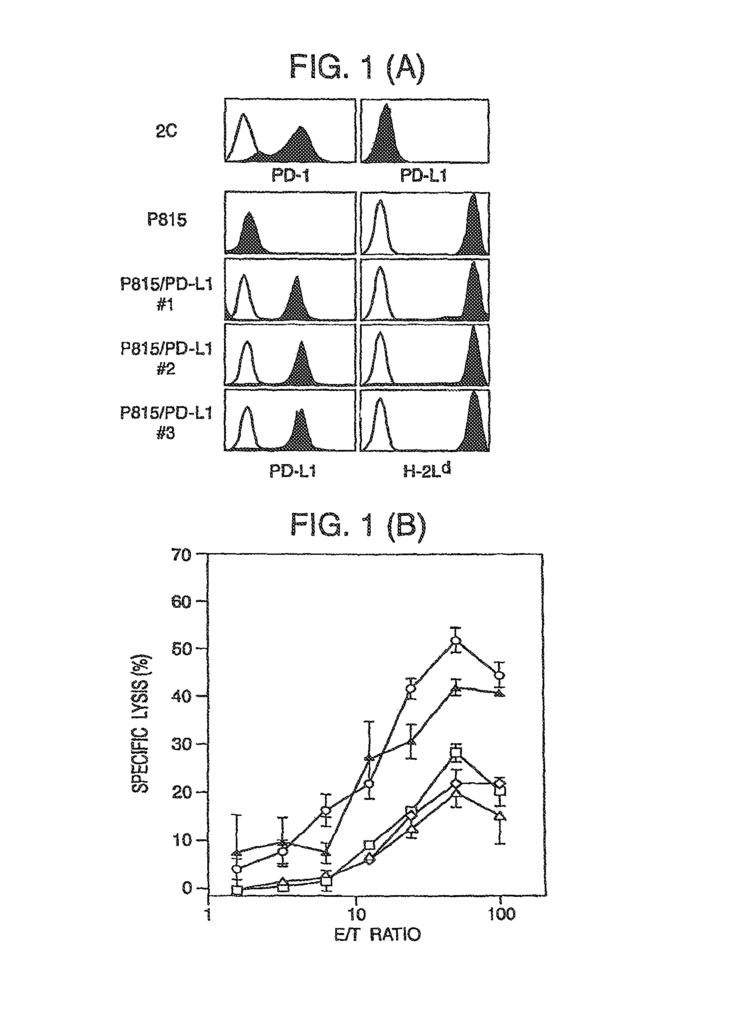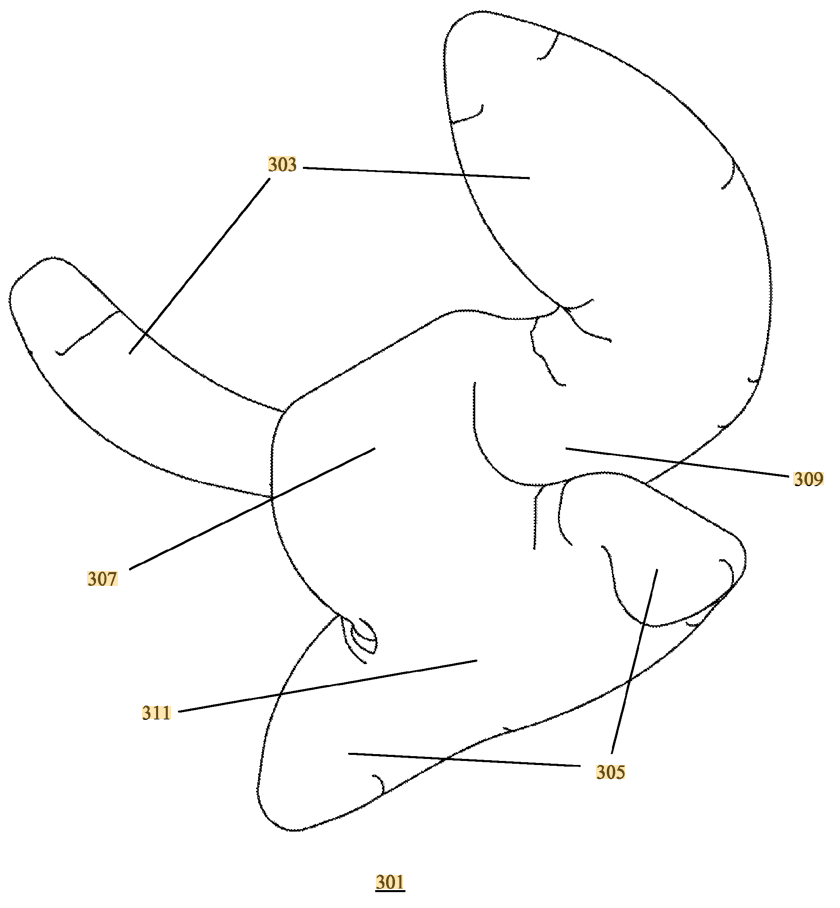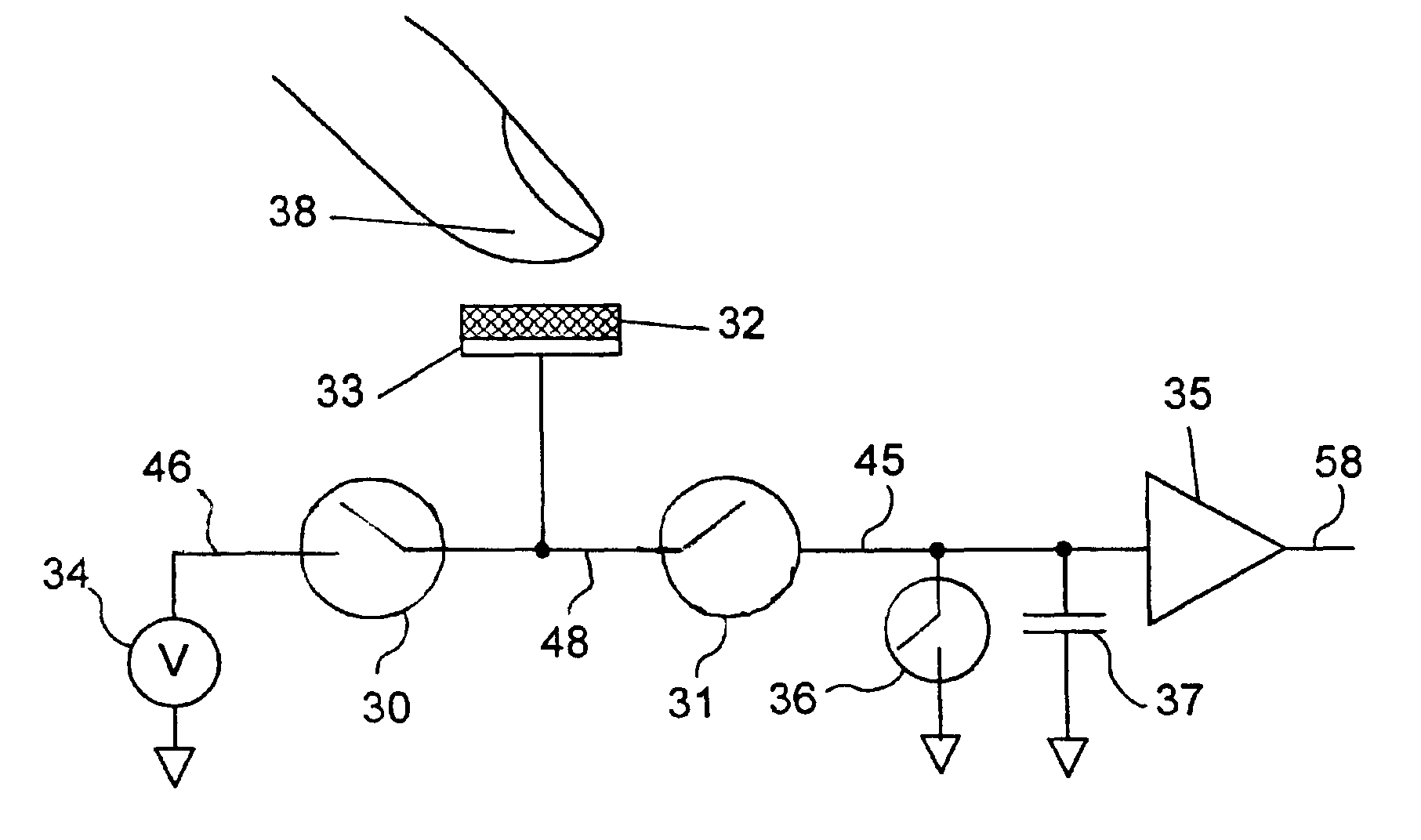Patent of the Week – Immunopotentiative composition
The advancement of immunotherapy has changed the way we treat some of the deadliest diseases of our time, particularly cancer and chronic infections. One key development in this field is the patent for an Immunopotentiative Composition, granted by the United States Patent and Trademark Office (USPTO) on July 7, 2015, under Patent No. US9073994B2.
This innovation, developed by renowned scientists Tasuku Honjo, Nagahiro Minato, Yoshiko Iwai, and Shiro Shibayama, provides a method to enhance the immune system’s ability to recognize and destroy cancer cells by inhibiting specific immune checkpoint pathways.

🧬 The Science Behind Immunopotentiative Composition
The immune system naturally works to identify and eliminate harmful cells. However, certain proteins—PD-1 (Programmed Death-1), PD-L1 (Programmed Death-Ligand 1), and PD-L2—act as immune checkpoints, sending suppressive signals that downregulate immune responses. While this is essential for preventing autoimmune damage, tumors often exploit these checkpoints to avoid immune system detection.
The Immunopotentiative Composition disclosed in this patent is designed to inhibit these suppressive signals, especially those mediated by PD-1, PD-L1, and PD-L2, thereby boosting immune function against cancer cells and persistent infections.
💉 Therapeutic Applications: Targeting Cancer with Precision
One of the most significant embodiments of this patent involves the treatment of metastatic melanoma, a particularly aggressive form of skin cancer. The method includes:
- Administering a solution that contains a human or humanized anti-PD-1 monoclonal antibody
- Combined with a solubilizer
- Delivered intravenously to the patient
This composition works by neutralizing PD-1 signals, which allows T-cells—the immune system’s fighter cells—to recognize and destroy cancerous tissues.
By blocking the PD-1 pathway, the treatment restores immune surveillance, which is often suppressed in cancer patients. The innovation not only supports melanoma treatment but also opens doors for applications in other cancers such as lung, kidney, and colorectal cancers.
🔬 Key Features of the Invention
This patented Immunopotentiative Composition stands out due to its scientific depth and therapeutic value. Here are its key features:
1. Checkpoint Inhibition Technology
By directly inhibiting PD-1, PD-L1, and PD-L2, the invention provides a targeted therapy approach, minimizing collateral damage to healthy tissues.
2. Use of Monoclonal Antibodies
Humanized monoclonal antibodies offer high specificity, reduced immunogenicity, and longer half-life, making them ideal for therapeutic use.
3. Intravenous Delivery System
The method’s IV administration ensures the drug reaches the bloodstream quickly, maximizing its effectiveness for fast-spreading diseases like metastatic cancer.
4. Broad Application Potential
While the primary application is in melanoma treatment, this approach can be extended to other tumors and infectious diseases where immune suppression is a barrier to treatment.
🌍 Impact on the Field of Immunotherapy
The invention of Immunopotentiative Composition has contributed significantly to the global field of cancer immunotherapy, and its effects are far-reaching:
- Foundation for PD-1/PD-L1 Inhibitors: This patent laid groundwork for the development of Keytruda (pembrolizumab) and Opdivo (nivolumab), two blockbuster immunotherapy drugs.
- Clinical Relevance: Clinical trials have demonstrated significant survival rate improvements in patients with advanced-stage cancers using checkpoint blockade therapy.
- Scientific Recognition: Tasuku Honjo, one of the inventors, received the Nobel Prize in Physiology or Medicine in 2018 for his work on PD-1 and immune regulation.
This innovation doesn’t just treat disease—it changes how we understand the immune system’s relationship with cancer.
🧪 Future Outlook: Beyond Oncology
While cancer treatment is the most immediate application of this Immunopotentiative Composition, it also holds potential for:
- Chronic viral infections (e.g., HIV, Hepatitis B/C)
- Autoimmune diseases, with modifications
- Vaccination enhancement, by improving immune responsiveness
- Personalized medicine, through biomarker-driven therapy
With increasing focus on combination therapies, this composition may be integrated with chemotherapy, radiation, or other immunomodulators to increase efficacy and reduce resistance.
👨🔬 About the Inventors
Tasuku Honjo, based in Japan, is globally celebrated for his discovery of the PD-1 protein and its implications in cancer immunotherapy. Along with Nagahiro Minato, Yoshiko Iwai, and Shiro Shibayama, the team has contributed extensively to medical science and translational research, leading to therapies that have saved thousands of lives worldwide.
📝 Conclusion
The Immunopotentiative Composition (US9073994B2) represents a monumental leap in medical science. It transforms how we fight cancer—not by attacking the tumor directly, but by empowering the immune system to do what it was designed to do.
By inhibiting PD-1, PD-L1, and PD-L2, this patented innovation removes the brakes on immune cells, allowing the body to recognize and eliminate threats with unprecedented precision. As the world continues to battle cancer and emerging infections, inventions like this remind us of the power of targeted immunotherapy and the promise of ongoing biomedical innovation.
Stay connected with Today’s Patent for more insights into the inventions shaping the future of medicine and human health.




 +1 888 890 6411
+1 888 890 6411